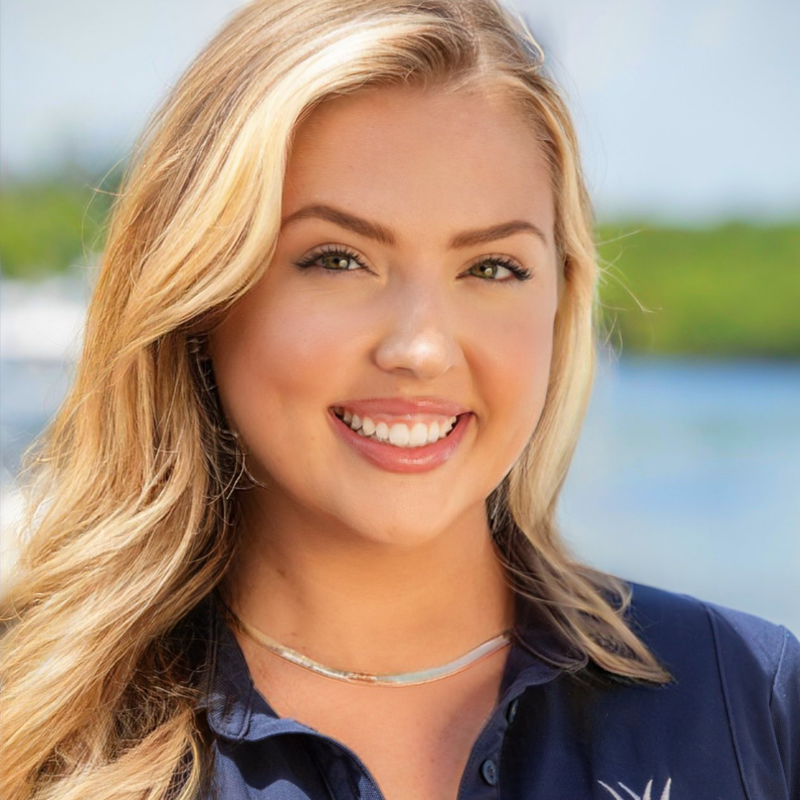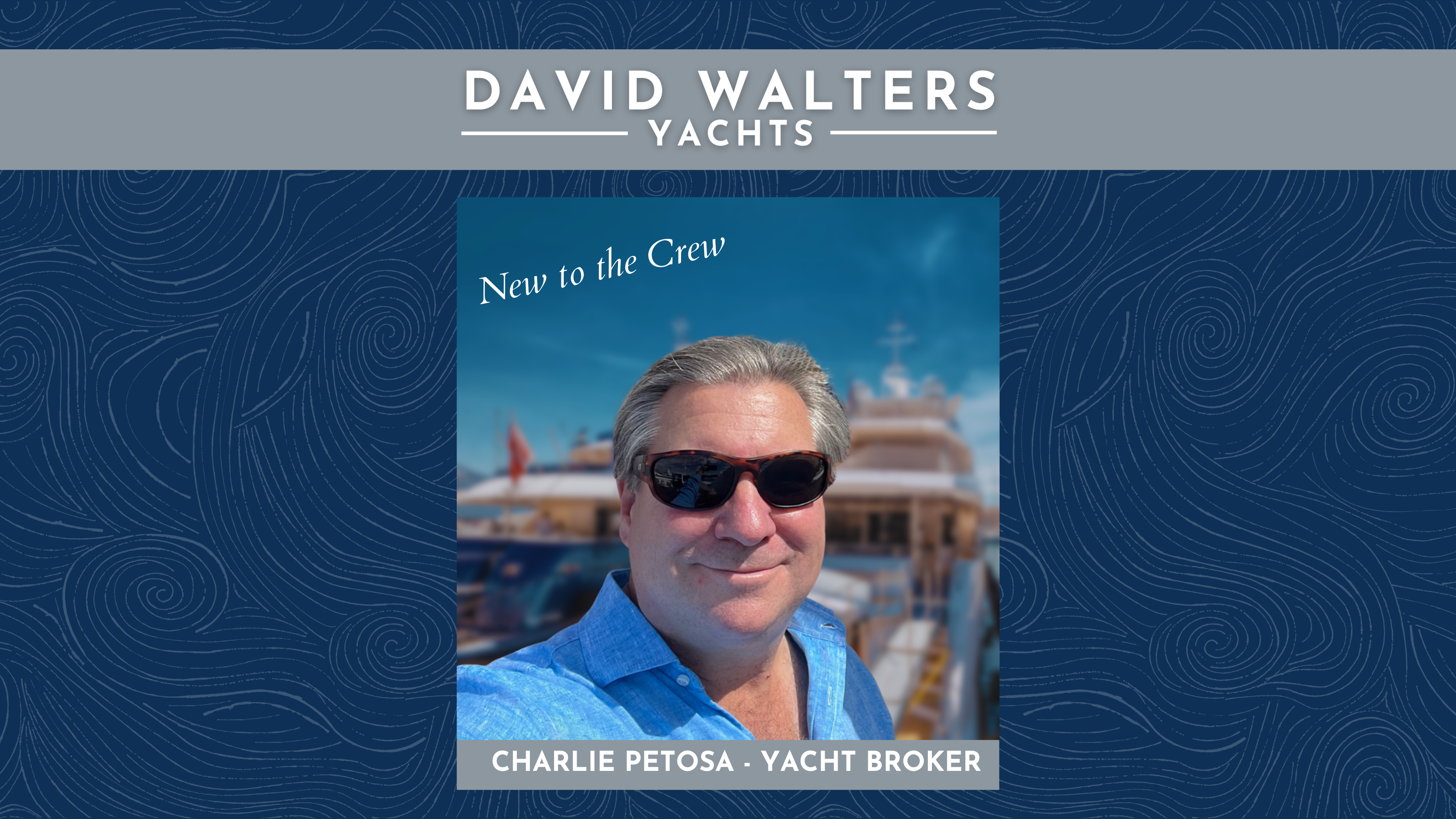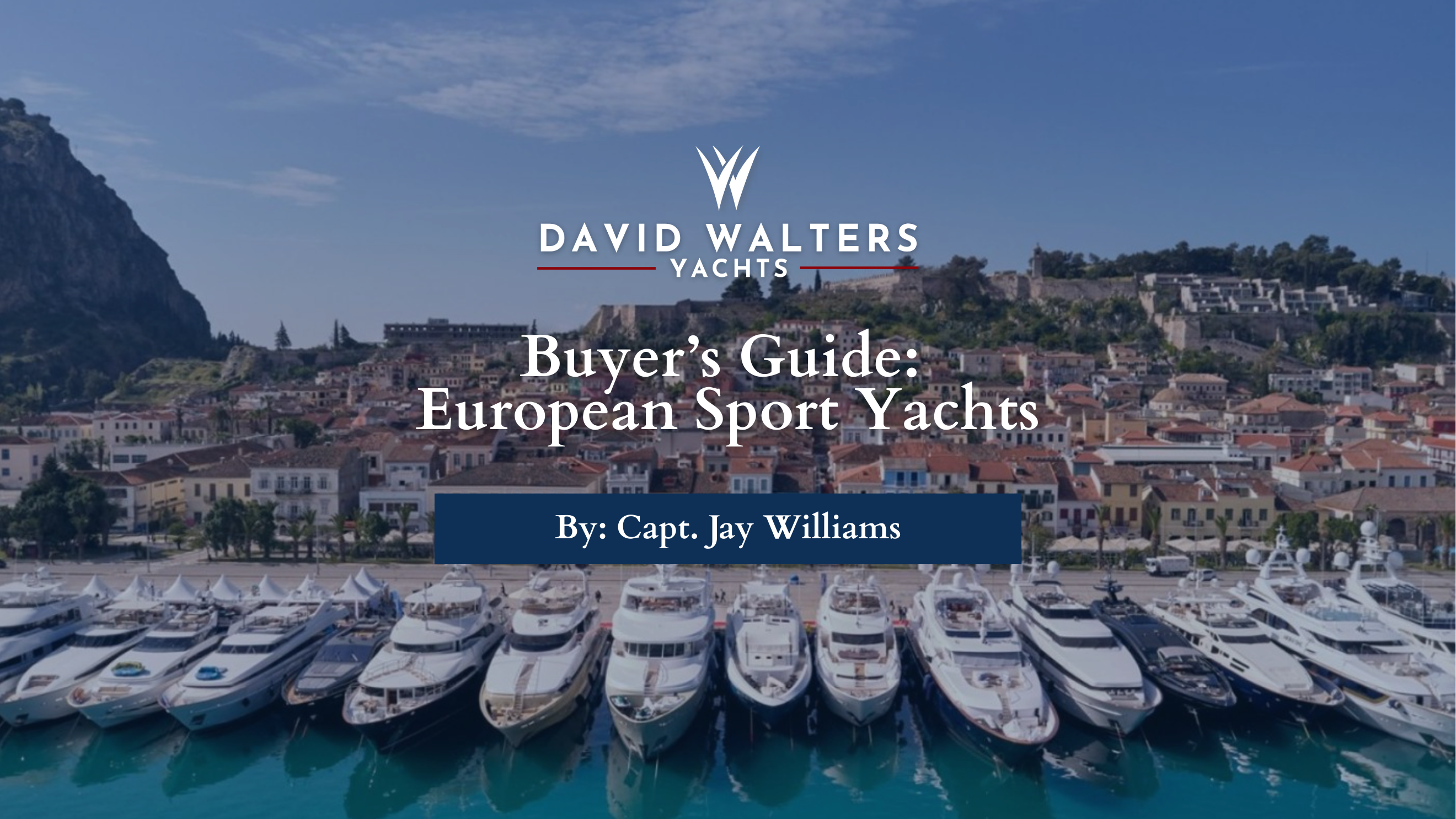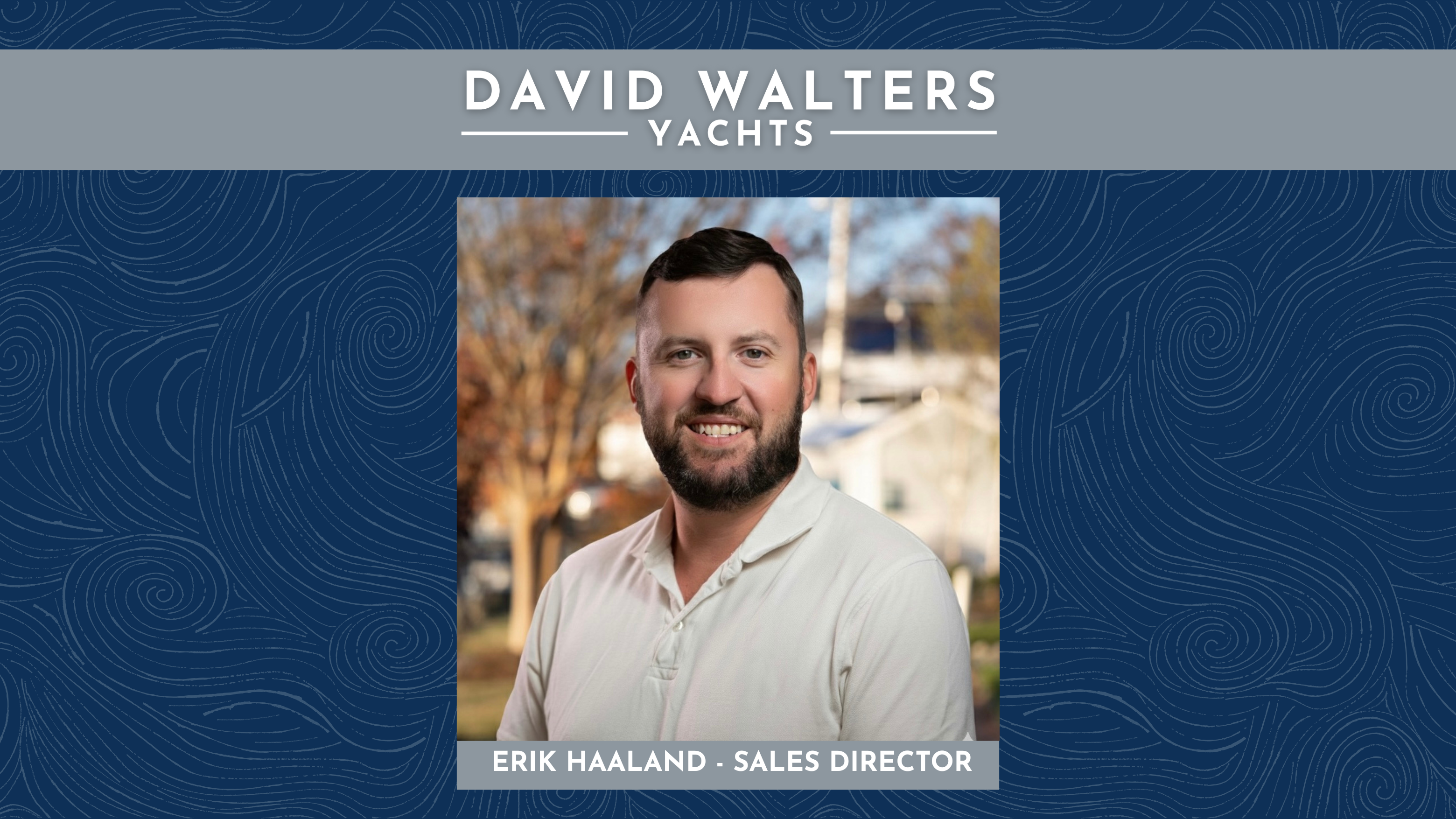Cruising the Pacific Northwest
A Dream Come True: Voyaging the Pacific Northwest
The Pacific Northwest is the last frontier in North America for the sailor, cruiser, and voyager who’s looking for more than just a sandy beach with palm trees, a tiki bar, and hundreds of boats all nestled in one small area. One will never see a Great Salt Pond Block Island or Georgetown, Bahamas fiasco sort of thing here, and there is no TowBoat or SeaTow to assist and help when things go wrong. One needs to learn to be self-reliant and self-sufficient. Self-security is the real art of cruising and voyaging. Voyaging is for those individuals that seek and long for individuality, self-confidence, and, most importantly, a sense of self-worth and realization which a big bank account can’t provide.
What one finds cruising around the PNW, as it’s known, is a wilderness, filled with sheer beauty and is nature at its finest. It's a landscape that can be painted by any artist with just a bit of talent and can turn it into a masterpiece with only one stroke of their brush.
Sailing throughout the PNW, the sailor will encounter fog, rain, drizzle, 15-foot tides, and currents that undoubtedly run at least 15 knots, with overfalls, standup waves, and whirlpools that could capsize a large tugboat. To snow-covered mountains that reach to the heavens in every direction one dares to look, and to a chain of volcanos that are part of Earth’s ring of fire.
The Pacific Northwest is an extraordinary land for a particular person.
You’ll see more nature in a day then you would see in most places in a year or maybe even a lifetime; if its eagles, dolphins, seals, salmon jumping, to bears roaming and if lucky, seeing a pod of Orca whales cruise by ever so gracefully.
One can use the word that describes this area as majestic; it's God's country anyway you look at it, it's nature and beauty at its finest. The land is still unspoiled where one doesn’t see high rise condos or mega-mansions lining and polluting its shoreline. What one sees are deep green dense hills covered with trees that are older than many USA Cities, for they are still standing prouder, more vigorous and taller. Most marinas are just small Mom and Pop places that welcome one with open arms. And the water is deep, profoundly deep, all while one can still have the other foot on land.
There'll be places that take some skill and courage to anchor, where one will set the bow anchor on a ledge in some 100 feet of water and tie their stern to a tree. There is no magenta line to follow as most cruisers that go down the ICW do. You'll work yourself into anchorages where one can touch both sides of the entrance. This territory is a real sailor's playground.
Unspoiled, beautiful, fresh, clean air that finds its way with no city dirt to the north. One that is cruising here will not need air conditioning. A diesel furnace aboard will take out the day’s chill, while lots of smart wool, a cap, gloves, and proper rain gear is the prudent wardrobe.
When waking up early while anchored in one of those magical of coves, they’ll be a morning mist and gentleness over its waters, a stillness where one will hear every beat of their hearts. This stillness is precisely why so many cruisers bring along kayaks, for the sound of an outboard is so far far away in the distance.
Several years ago, we had the privilege of selling Valiant 50 to an anesthesiologist living and practicing in Ketchikan, Alaska. The deal was to help him get his new boat from Seattle to Ketchikan. The month was July, the busy time for sailors that are cruising, if on power or sail, venturing and exploring points north and south. In those three weeks of heading north, and some 1000 miles traveled, some 30 boats passed us the entire voyage north.
Leaving Seattle, one first passes through the San Juan Islands, then continue to the Queen Charlotte Sound. After that, you reach places named Desolation Sound, the entire length of Vancouver Island’s east side, and finally, the hair-raising Seymour Rapids, where currents reach speeds of 16 knots. Voyagers study tide tables, and currents with sharp attention to every detail. From the long and narrow endless Johnson Straits that are bordered by mountains port and starboard, and to the solitude of Hope Sound. One place is more beautiful than the next. The beauty is hard to describe, for the area is so vast, so expansive and so beautiful that it makes James A. Michener's Chesapeake novel look like a comic book. Places like the Punch Bowl and Foggy Bay are endless, and in these places, we all wish that our lives were the same.
This why after some 45 years sailing every ocean, every sound, every bay and river, and traveling the ICW more times than I want to remember, I decided to move my 2008 Valiant 42 named Mahalo out to the PNW. Mahalo currently resides near Downtown Seattle, ready to explore again, once this cloud called COVID-19 moves out to sea.
I had a taste of sailing the PNW back in the 1980s when I decided to relocate and take an aerospace engineering assignment at Boeing, working on the 747-400. In 1985 I had a Bob Perry designed TaShing Norseman 447 built for me. I got a slight taste of PNW voyaging, a taste that whetted my appetite for more, but when young, life gets in the way. I never gave up on that dream. When older, stop making excuses, for that’s the foolish thing to do.
Sailing in the PNW is similar to running a marathon in the sense that it doesn't matter if you run or walk the distance; it is the journey that matters most. Look to the horizon and never lose sight of your light. It is in this manner that you will successfully arrive at your destination.
Enjoy, and thank you.
Bernie Jakits
Senior Broker at David Walters Yachts/RogueWave Division
Annapolis, Seattle, Santa Barbara









LEAVE A COMMENT